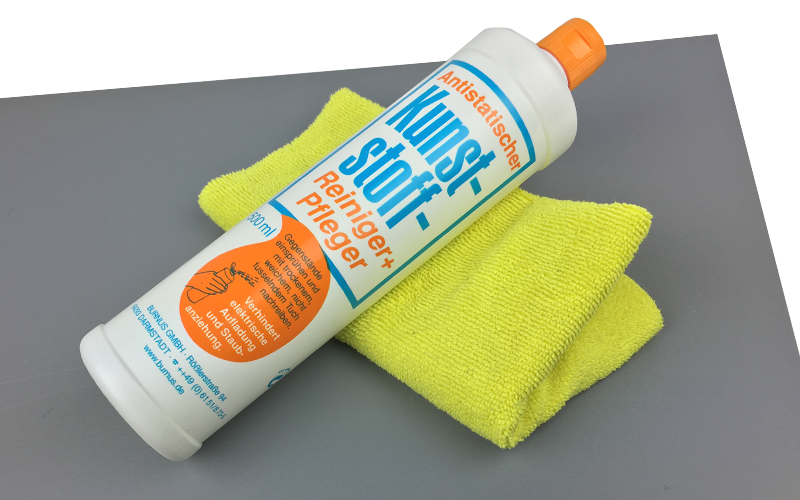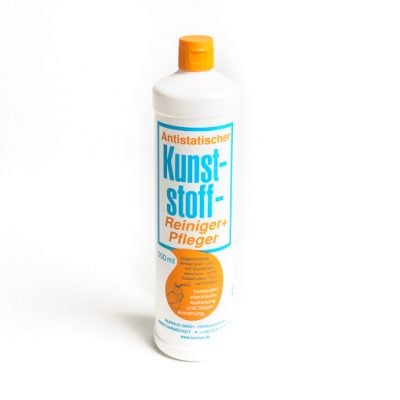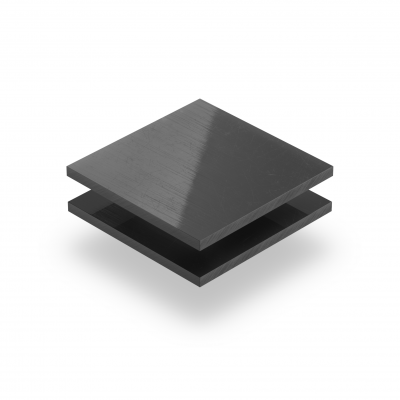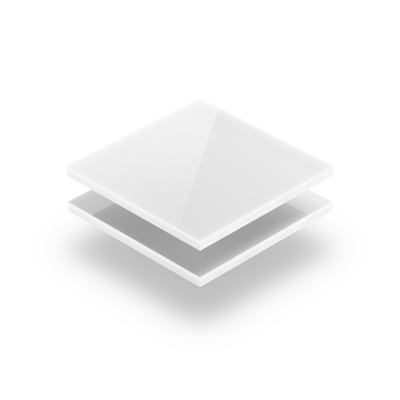PVC sheets require little maintenance and are simple to clean. However, it is important that you use non-abrasive cleaning agents. You can simply clean this plastic with a clean, soft cloth. For regular light cleaning activities such as dusting, use a microfibre cloth, for more thorough cleaning you can use a general cleaning product such as Glassex. However, be careful when spraying the surface. It is highly recommended to first try to remove the dirt using only a damp cloth. In the case of greasy prints or splashes, the surface of the plastic sheet can be gently cleaned with isopropyl alcohol. Keep in mind that the surface of the PVC sheet will become slightly matt if you rub firmly, or if you use other cleaning agents! Do not use spirits, acetone or thinner to clean the plastic sheet!
Cleaning foamed PVC / foam board
Foamboard is cleaned with a damp cloth or with isopropyl alcohol. Be careful with other cleaning agents, the top layer is thin and by rubbing or pressing too hard, the foam core will become visible!
Antistatic treatment
PVC sheets (both solid and foam sheets) are electrically insulating, this can mean that the surface of the sheet becomes static when you rub it over with a cloth. Because of the static charge, the plate will quickly attract new dust, and re-dusting only has a reinforcing effect. There are special antistatic cleaning products on the market, but they are not all suitable for PVC sheets. You run the risk that the sheet surface becomes dull, becomes brittle or will discolour. We supply a special antistatic cleaner for plastic sheets, Burnus antistatic cleaner. This is a very mild and effective cleaning product that thoroughly cleans the plate surface and makes it antistatic. With normal use of the sheet material (eg for indoor applications) in a relatively clean environment, you only need to clean the sheet once or twice a year.





